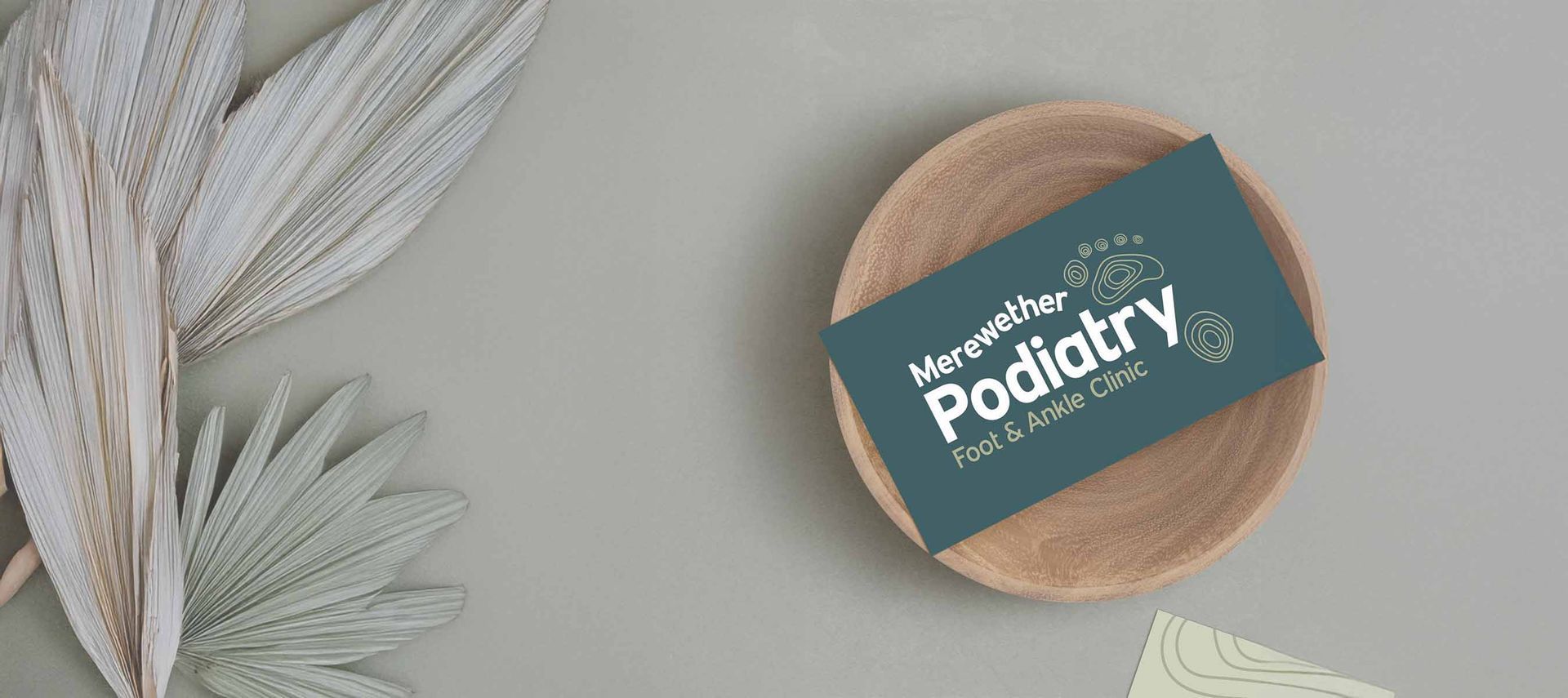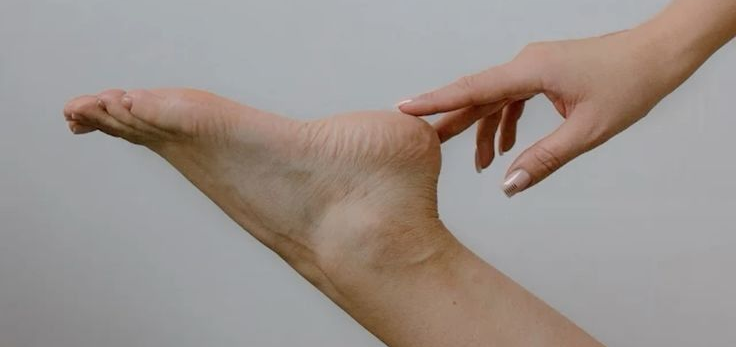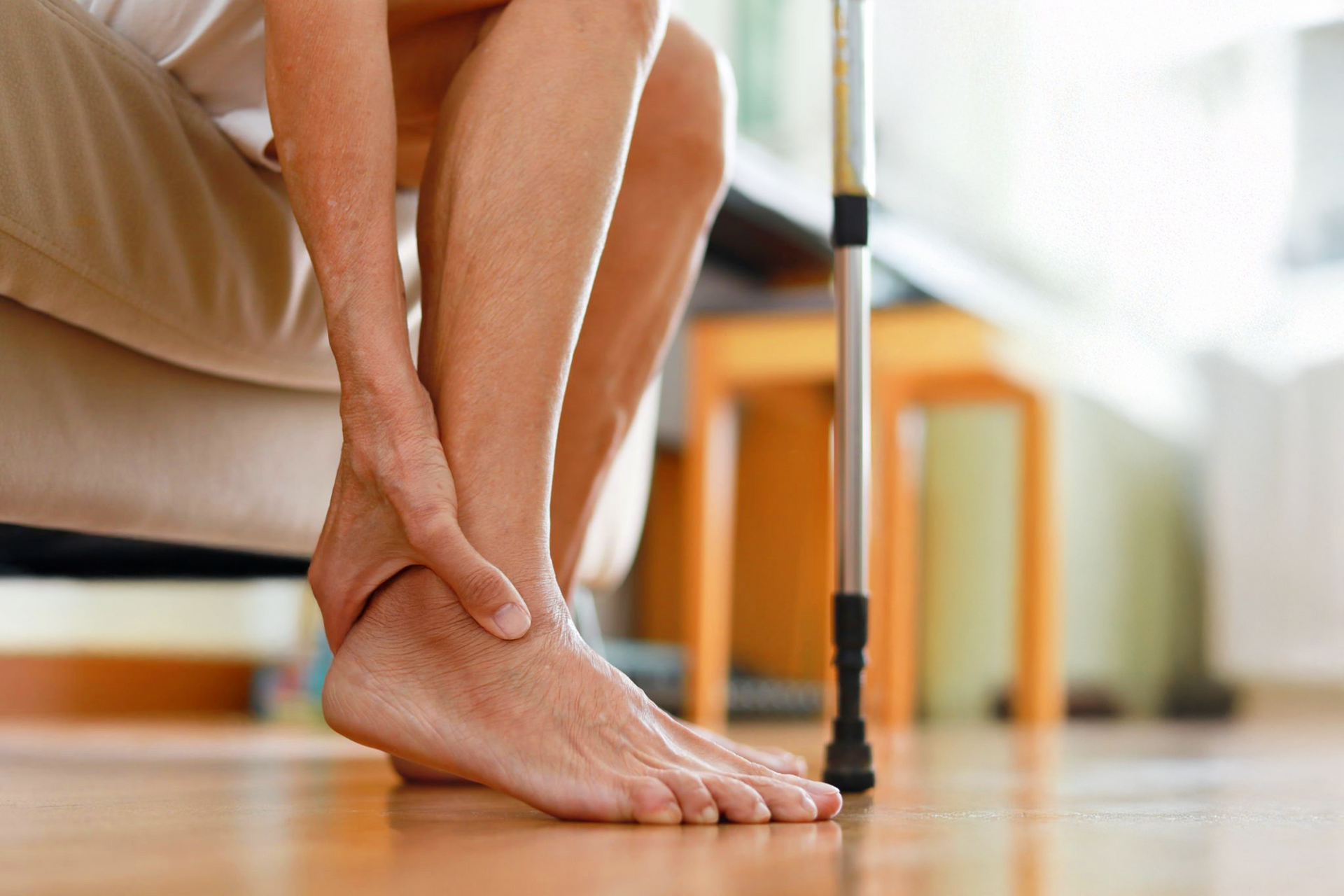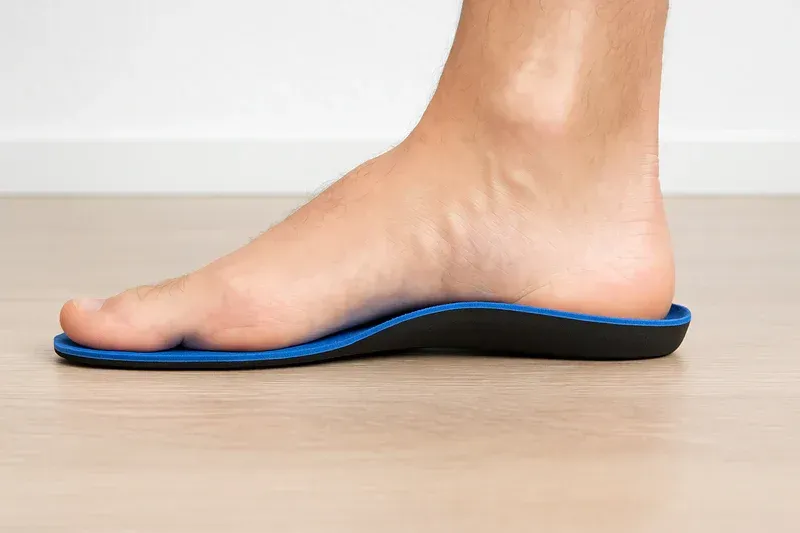Summer is the season when foot issues tend to flare. With hot days, increased sweating and more time spent in open, unsupportive footwear, it’s no surprise that blisters, cracked heels and fungal infections become more common. The good news? Most warm-weather foot problems can be prevented with a few proactive steps.
The Most Common Summer Foot Conditions
Blisters
Sweaty skin rubbing against sandals or unlined shoes leads to irritation and fluid-filled blisters. Even short walks can cause them when friction is high.
Fungal infections (tinea + fungal nails)
Fungi thrive in warm, moist environments, meaning sweaty shoes, pool areas and public change rooms become hotspots in summer.
Cracked heels
Exposure to air and heat causes the skin to lose moisture quickly. Open-back shoes like thongs and slides also encourage friction and pressure buildup, making the heels hard and prone to splitting.
Foot odour
Closed shoes + summer sweat = trapped moisture, which causes odour and increases the risk of infection.
How to Prevent Summer Foot Issues
Keep your feet dry with daily sock changes
Sweat builds up faster in summer heat. Changing socks daily, or during the day if they become damp, helps reduce friction, odour and fungal risk. Choose moisture-wicking fabrics.
Moisturise heels and feet before bed
Daily use of a foot cream or heel balm strengthens the skin barrier, preventing dryness and cracks. This also reduces the risk of secondary infections and pain.
Use sunscreen on exposed areas
The tops of the feet burn easily, especially in slides, thongs and open sandals. Apply sunscreen whenever they’re exposed to the sun.
Always wear thongs in communal wet areas
Public showers, pools and change rooms are common sources of
fungal infections. Wearing protective footwear significantly reduces your risk.
Choose supportive footwear
Even though open-backed shoes are tempting in the heat, they offer little support. Alternating with supportive, enclosed shoes helps reduce friction and pressure on the heels.
When to See a Podiatrist
If cracked heels worsen, blisters become painful, or fungal infections persist despite over-the-counter care, it’s time to see a podiatrist. Early treatment prevents complications and keeps you active throughout summer.
Taking a few simple steps now can help prevent the most common warm-weather foot issues, so that you can enjoy the season blister-free, crack-free and worry-free.
For more guidance on preparing your feet for warmer weather, you can also explore Harvard Health’s advice on getting your feet summer-ready.







